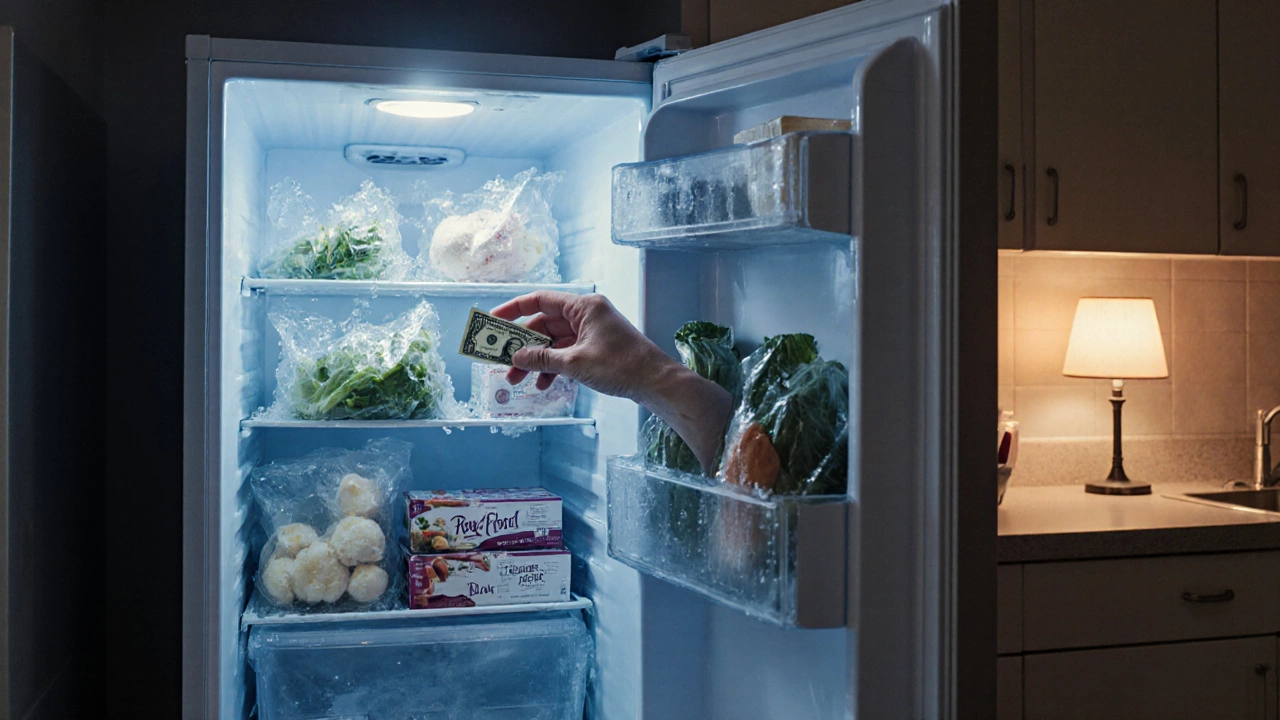When you’re dealing with Broken freezer signs, any indicator that your freezer isn’t working properly, from temperature spikes to strange noises. Also known as freezer trouble symptoms, these clues tell you when something inside the appliance needs attention.
A healthy Ice maker, the component that creates ice cubes inside many freezers will stop producing ice if the unit is failing. When the ice maker stops, you’ll see a pile of water, a warm freezer compartment, or a steady hum with no ice. This is a classic broken freezer sign that points to a blockage, a faulty water inlet valve, or a temperature issue.
One of the first things to notice is temperature fluctuation. If the freezer temperature rises above 0°F (‑18°C) for several hours, food may start to melt or develop frost. That fluctuation is a clear Compressor, the motor that circulates refrigerant and keeps the freezer cold problem in disguise. A failing compressor often makes a loud buzzing or clicking noise, and it can cause the whole unit to stop cooling.
Another sign is excess frost buildup on the walls or around the door seal. A worn door gasket lets warm air slip in, forcing the freezer to work harder and eventually overheat. Checking the gasket for cracks or gaps is a quick DIY step that can prevent a costly repair. If the gasket looks fine but frost still piles up, the issue may lie with the defrost timer or heater.
Water leakage is also a red flag. Leaking water at the bottom of the freezer usually means the drain tube is clogged or the defrost system isn’t draining properly. This not only creates a mess but can also short‑circuit electrical components, leading to more severe broken freezer signs.
All these signs—temperature spikes, ice maker failure, noisy compressor, frost buildup, and leaking water—are interconnected. Spotting one often points you to the next step in the diagnostic chain. For example, if the ice maker stops and you notice a warm compartment, you’ll likely find the compressor humming unusually. That chain of clues makes troubleshooting faster and cheaper.
Below you’ll find a collection of articles that dive deeper into each of these symptoms. Whether you need a quick DIY fix or want to know when it’s time to call a pro, the guides cover everything from extractor fan effects on humidity to detailed freezer repair steps. Keep reading to get the actionable insights you need to protect your frozen goods and avoid expensive replacements.
Posted by
Orin Trask
0 Comments

Learn how to spot signs of a broken freezer, diagnose common issues, try quick fixes, and know when to call a professional.
read more